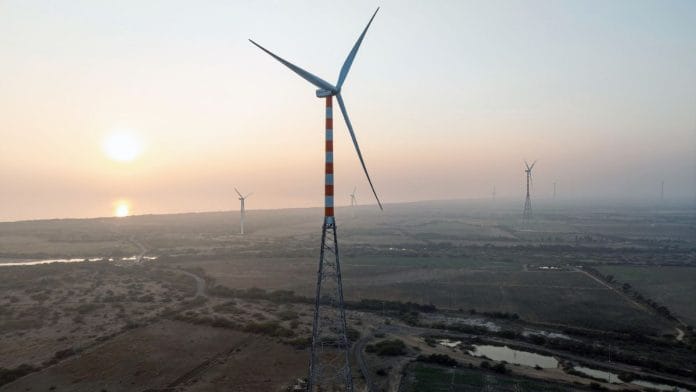New Delhi: There’s a topical study from Stanford University in which researchers mapped out the functional costs of carbon capture technologies, which are used to remove carbon dioxide (CO2) from the air in a bid to reduce emissions. The point of the study published on 9 February was to see how economically viable it was to install and utilise carbon capture technologies to reduce CO2 emissions in the world. Their answer? Not that viable.
The study found, through two modelled scenarios, that it would be cheaper for the world to switch 100 percent to renewable energy sources by 2050 rather than to continue with fossil fuels and install carbon capture technologies to sequester the CO2 emitted.
The authors of the study argue that at their current stage, carbon capture technologies are expensive and energy intensive and that money can instead be spent on transitioning to renewable energy. The side benefits of switching to renewable energy include a reduction in pollution, overall energy costs, and reduction in illnesses and other health effects from fossil-fuel related pollution.
But carbon capture technologies, on the other hand, even if powered by renewable energy sources, would still be more expensive and wouldn’t even have these side benefits. The choice, according to the authors, is very clear in this case. Read more here.
Also Read: 70 million-yr-old fossil of world’s 1st flying vertebrate found with a bite mark, from a crocodile
Ultra-high energy neutrino detected
For the first time, scientists have detected a neutrino with 220 peta-electron-volt (PeV) energy, which is equivalent to 220 million billion electron volts. This is a massive amount of energy to be in a neutrino, and it confirmed the existence of such high-energy neutrinos in the universe. However, the source of this neutrino is as yet unknown.
The KM3NeT neutrino detector, which is an international neutrino telescope that is placed underwater in the Mediterranean ocean, first detected this energy on 13 February 2023. It took two years for scientists to study it and come out with their findings in Nature journal.
Neutrinos are, basically, nearly massless, electrically neutral particles that don’t interact with matter. There’s very little we know about them except that they are unaffected by electromagnetic fields and can pass through matter like nothing. Millions of neutrinos could pass through humans without them finding out. The reason they’re important, and why scientists have underwater detectors to understand them, is the context and information they provide about the cosmos.
Such a high-energy neutrino could have originated from a very powerful cosmic accelerator like a gamma ray burst, a galaxy cluster or remnants from a supernova. Once scientists are able to detect the origin of this neutrino, they could potentially be able to uncover a lot more about the universe’s history. Read more here.
Not just conservation but culture too
A new study from the University of California, Santa Cruz analysed the vulnerability of marine species, especially fish in California’s coasts, but quite comprehensively. The study did not just look at the ecological importance of the vulnerable fish species but also their cultural and economic significance to local fishing communities living near the coast.
Species like Dungeness Crabs, Pacific Herring and Red Abalone are under threat due to rising sea temperatures and ocean acidification.
While the marine environment will suffer from a decline in the population of these species, it will also have an economic impact on fishing activities. Dungeness Crab fishing accounts for USD 45 million annually and is one of California’s top commercial harvests.
In their study, the UC Santa Cruz scientists have identified local Californian marine species and their levels of vulnerability to climate change in a bid to help the California Department of Fish and Wildlife with conservation efforts. Read more here.
How can humans and mice stay fit on Mars
Finally, research by John Hopkins suggests gym routines for astronauts on future missions to the Moon and Mars.
By carrying out tests on mice, scientists have discovered that jumping exercises can help reduce the inevitable cartilage damage that happens when astronauts spend long periods in space.
When humans go to space, their muscles experience rapid decay, and their bodies can develop osteoarthritis. This is why astronauts in the international space station, or any space mission, are mandated to perform a few hours of exercise and cardio every day to keep their muscles healthy and strong.
Before, scientists were aware of running as a way to slow muscle decay, but now, jump training three times a week shows signs of healthier cartilage in the mice on whom the experiment was performed. They suggest including jumping exercises in pre-flight training sessions for astronauts to prepare them for the gruelling physical experience of space. Read more here.
(Edited by Sanya Mathur)
Also Read: 2024 was hottest year ever on record, first to cross 1.5°C global warming threshold






